Rogernomics were the neoliberal economic policies promoted by Roger Douglas, the Minister of Finance (1984–1988) in the Fourth Labour Government of New Zealand of 26 July 1984 to 2 November 1990. Rogernomics featured market-led restructuring and deregulation and the control of inflation through tight monetary policy, accompanied by a floating exchange-rate and reductions in the fiscal deficit. Douglas came from a background of (left-wing) Labour Party politics. His adoption of policies more usually associated with the political right, and their implementation by the Fourth Labour Government, became the subject of lasting controversy.

Sir Robert David Muldoon was a New Zealand politician who served as the 31st prime minister of New Zealand, from 1975 to 1984, while leader of the National Party.
The New Zealand National Party, shortened to National or the Nats, is a centre-right political party in New Zealand. It is one of two major parties that dominate contemporary New Zealand politics, alongside its traditional rival, the Labour Party.

Sir Simon William English is a New Zealand former National Party politician who served as the 39th prime minister of New Zealand from 2016 to 2017. He had previously served as the 17th deputy prime minister of New Zealand and minister of finance from 2008 to 2016 under John Key and the Fifth National Government.
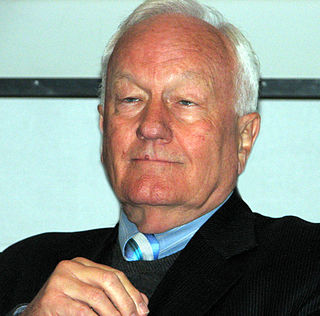
Sir Roger Owen Douglas is a retired New Zealand politician who served as a minister in two Labour governments. He became arguably best known for his prominent role in New Zealand's radical economic restructuring in the 1980s, when the Fourth Labour Government's economic policy became known as "Rogernomics".
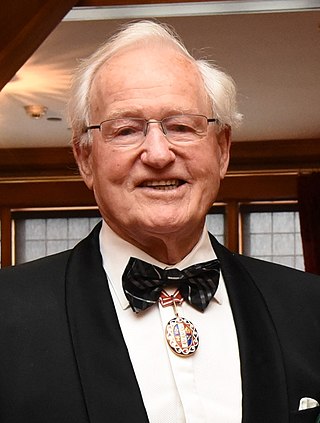
James Brendan Bolger is a New Zealand retired politician of the National Party who was the 35th prime minister of New Zealand, serving from 1990 to 1997.

Ruth Margaret Richardson is a retired New Zealand politician of the National Party who served as Minister of Finance from 1990 to 1993. Her 1991 budget, which she dubbed the "Mother of all Budgets", formed the catalyst for her party's economic reforms known in the media as "Ruthanasia".

The 1999 New Zealand general election was held on 27 November 1999 to determine the composition of the 46th New Zealand Parliament. The governing National Party, led by Prime Minister Jenny Shipley, was defeated, being replaced by a coalition of Helen Clark's Labour Party and the smaller Alliance. This marked an end to nine years of the Fourth National Government, and the beginning of the Fifth Labour Government which would govern for nine years in turn, until its loss to the National Party in the 2008 general election. It was the first New Zealand election where both major parties had female leaders.

The 1987 New Zealand general election was a nationwide vote to determine the shape of the 42nd sitting of the New Zealand Parliament. The governing New Zealand Labour Party, led by Prime Minister David Lange, was re-elected for a second term, although the Opposition National Party made gains. The election also saw the elimination of the Democratic Party from Parliament, leaving Labour and National as the only parties represented.
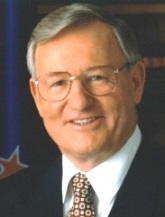
The 1990 New Zealand general election was held on 27 October to determine the composition of the 43rd New Zealand parliament. The governing Labour Party was defeated, ending its two terms in office. The National Party, led by Jim Bolger, won a landslide victory and formed the new government.

Sir William Francis Birch, usually known as Bill Birch, is a New Zealand retired politician. He served as Minister of Finance from 1993 to 1999 in the fourth National Government.

The New Zealand Party operated as a political party in New Zealand from 1983 to 1993. Established by millionaire property tycoon Bob Jones, the party promoted economic liberalisation—it was the first political party to promote free market reforms. It failed to win any seats in Parliament, but it purportedly played a role in causing the defeat of Robert Muldoon's National government in the 1984 election by splitting the vote.
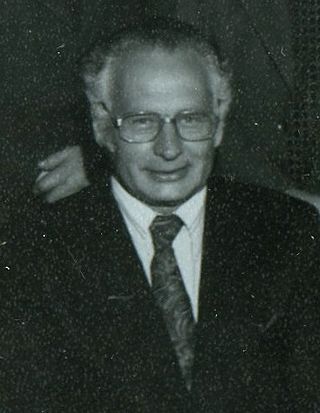
George Frederick Gair was a New Zealand politician. He was once deputy leader of the National Party in the New Zealand Parliament, and was considered by many to be a possible contender for the leadership itself. He was known for his polite and diplomatic style, which often contrasted with the political situation around him – Michael Laws described him as "a refugee from the age of manners."

The 1993 New Zealand general election was held on 6 November 1993 to determine the composition of the 44th New Zealand Parliament. Voters elected 99 members to the House of Representatives, up from 97 members at the 1990 election. The election was the last general election to use the first-past-the-post electoral system, with all members elected from single-member electorates. This was the last time prior to the 2020 election where a party won an absolute majority of seats.

The 41st New Zealand Parliament was a term of the Parliament of New Zealand. Its composition was determined by the 1984 elections, and it sat until the 1987 elections.
Gilbert Colin Myles is a former New Zealand politician who entered Parliament for the National Party in 1990, then split from the party in 1991 and sat as an independent, before representing the Liberal Party, the Alliance and the New Zealand First party.
The Fourth Labour Government of New Zealand governed New Zealand from 26 July 1984 to 2 November 1990. It was the first Labour government to win a second consecutive term since the First Labour Government of 1935 to 1949. The policy agenda of the Fourth Labour Government differed significantly from that of previous Labour governments: it enacted major social reforms and economic reforms.
The Fourth National Government of New Zealand was the government of New Zealand from 2 November 1990 to 27 November 1999. Following electoral reforms in the 1996 election, Jim Bolger formed a coalition with New Zealand First. Following Bolger's resignation, the government was led by Jenny Shipley, the country's first female Prime Minister, for the final two years.
The Mother of all Budgets was the nickname given to the 1991 New Zealand budget. It was the first budget delivered by the new National Party Minister of Finance Ruth Richardson and formed the catalyst of her economic reforms known in the media as "Ruthanasia".
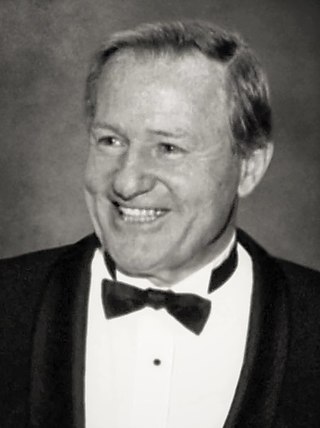
The New Zealand National Party leadership election was an election for the National leadership position in 1986.













